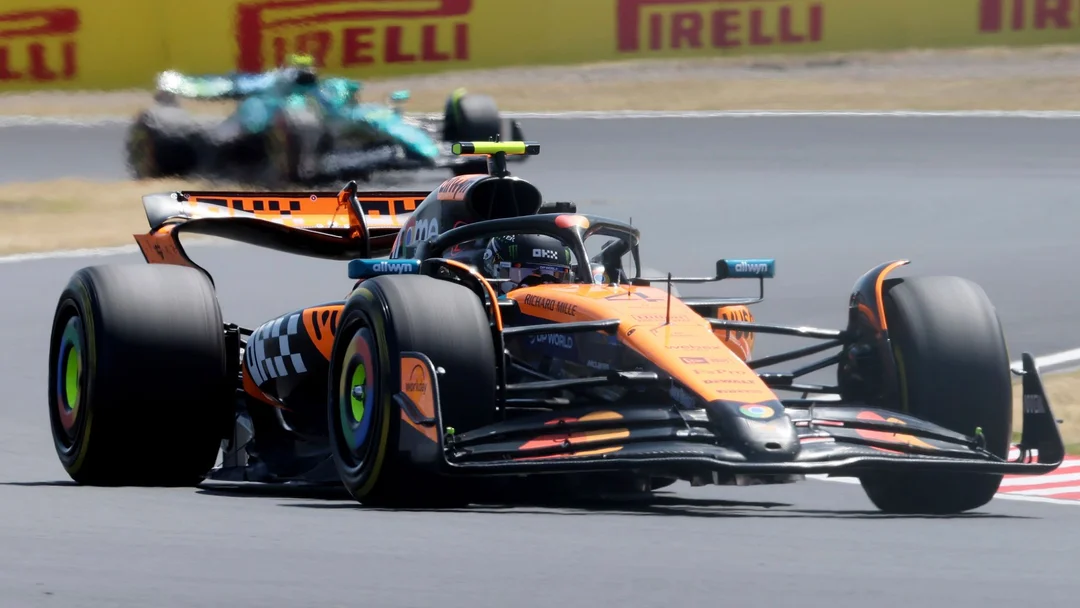
Japanese Grand Prix: Qualifying and Race Insights
The Japanese Grand Prix at Suzuka Circuit has once again showcased the pinnacle of Formula 1 racing. The qualifying session was a thrilling affair, with drivers pushing their limits to secure the best possible starting positions for the race. Yuki Tsunoda, the home hero, managed to impress the crowd with a strong performance, although he faced stiff competition from the likes of McLaren and other top teams.
As the race unfolded, strategic decisions and tire management played crucial roles. The Suzuka track, known for its challenging layout, tested the skills of all drivers. The race saw several overtakes and strategic pit stops, keeping fans on the edge of their seats. The final results reflected the intense competition, with the top teams battling it out for the podium spots.
The Japanese Grand Prix not only highlighted the technical prowess of the teams but also celebrated the passion of the fans, who turned out in large numbers to support their favorite drivers. This event continues to be a highlight of the F1 calendar, showcasing the sport's global appeal and the unique challenges of the Suzuka circuit.
Related issues news
What caused Doohan's crash?
Oakes has since confirmed Doohan neglected to close his DRS mechanism in a “misjudgement”, with the aerodynamical imbalance causing the car to spin. “We are all relieved to see Jack walk away from his incident in free practice two and glad to see he is OK after his precautionary checks,” Oakes said.
Why did Doohan crash in FP2?
A quirk of the Suzuka track is that the Drag Reduction System on the rear wing needs to be flicked off manually by the drivers going into Turn 1, instead of shutting automatically as happens when the car is braked – and it seems that it was this that caught Doohan out, according to the team themselves.